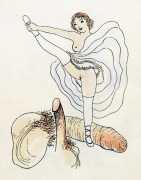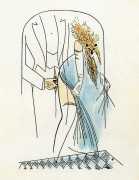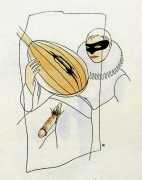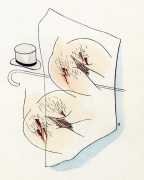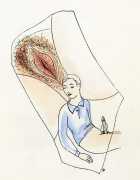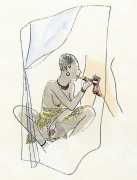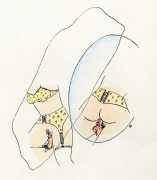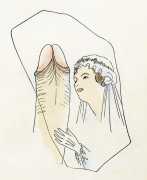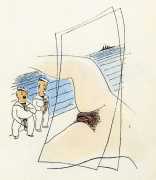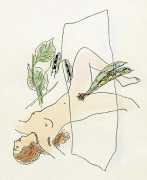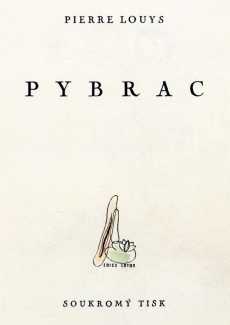 It is a telling reflection on the artistic and moral relationship between Paris and Prague in the early 1930s that the only language that Pierre Louÿs’ Pybrac was translated into soon after its publication in French in 1927 was Czech. Indeed, until the English translation by Geoffrey Langnecker was published by Wakefield Press in 2014, the 1932 Edice Lotos edition was the only non-French edition to appear.
It is a telling reflection on the artistic and moral relationship between Paris and Prague in the early 1930s that the only language that Pierre Louÿs’ Pybrac was translated into soon after its publication in French in 1927 was Czech. Indeed, until the English translation by Geoffrey Langnecker was published by Wakefield Press in 2014, the 1932 Edice Lotos edition was the only non-French edition to appear.
Like the rest of Pierre Louÿs’ voluminous output of erotica, Pybrac was not published during his lifetime, but instead figured among the many secret manuscripts discovered after his death, tucked and filed away, and subsequently auctioned off and scattered among collectors. It would see its first clandestine publication in 1927, two years after the author’s death.
The title is derived from the name of Guy Du Faur, Seigneur de Pibrac, French jurist, poet, and chancellor to Marguerite of France, Queen of Navarre, who notoriously rejected his attempts at wooing her. That fact, combined with Pibrac’s reportedly upright character (Montaigne said of him, on his death: ‘Good Monsieur de Pibrac, whom we have just lost, such a noble mind, such sound opinions, such a gentle character!’), undoubtedly contributed to Louÿs’ decision to employ a deformation of his name as the title to this collection. The mockery extends to the format and tenor of the poems, though, as Pibrac is best remembered for his own collection of poems, a set of 126 moralistic quatrains, which throughout its endless printings bestowed good advice and guidelines to proper conduct upon many generations of French youth up until the nineteenth century. For the full background to Louÿs’ scandalous reinterpretation of Pibrac’s verse form, the introduction to Geoffrey Longnecker’s English translation can be found here.
Toyen produced ten drawings for Pybrac, which are as explicit as they are personal. At the time she created them she was also regularly producing drawings for Štyrský’s Erotická revue, and some of the subjects clearly emanate from the same creative well.
The Czech edition of Pybrac was published by Edice Lotos in a limited edition of 300 copies, of which 61 had hand-coloured drawings.


